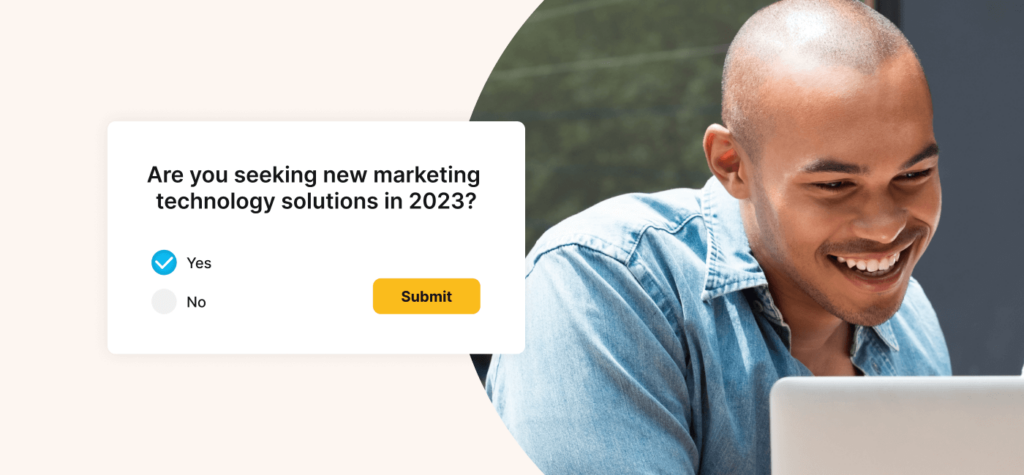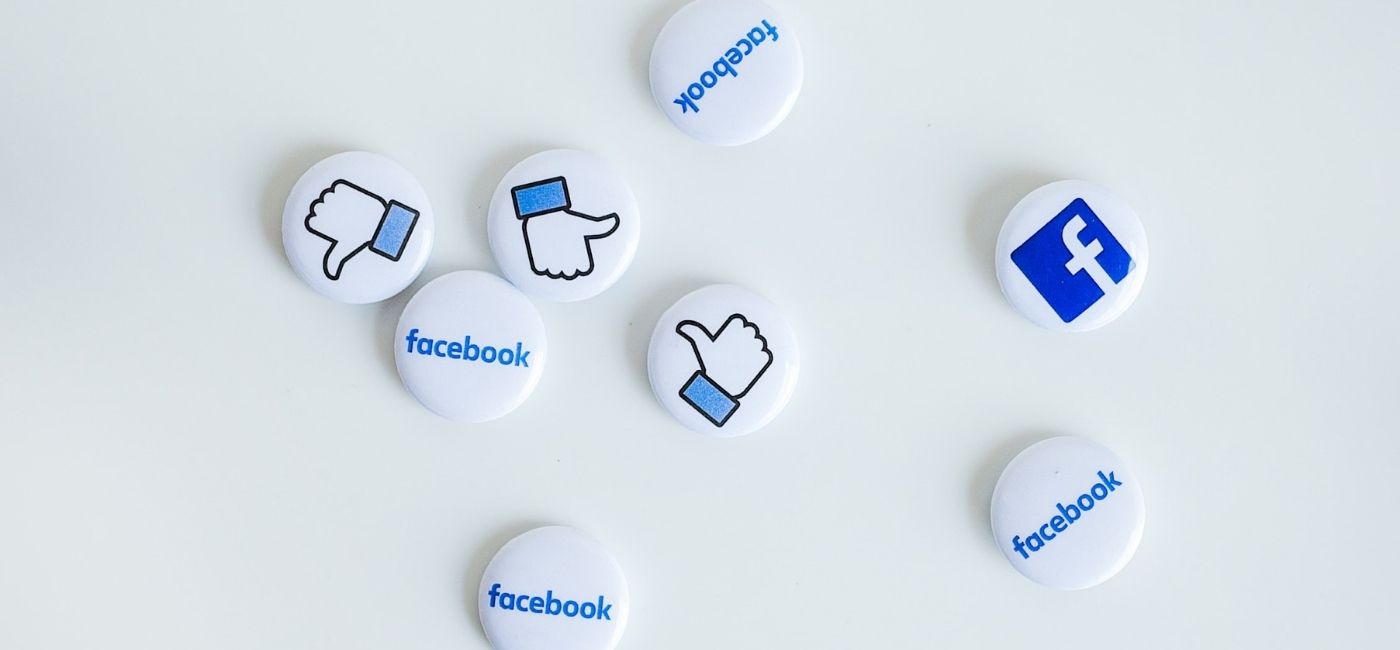Why customer centricity is the next big thing and what to do about it
6 Minute Read

If customer centricity were a high school kid, she’d be class president, valedictorian, and student director of the Lions Club and — what the heck — she’d probably be head cheerleader, too.
Point is, customer centricity is kind of a big deal, and by “kind of,” we mean “really.” Understatements are low key all the rave these days.
Customer centricity expert Bill Self confirms that a customer-centered focus is imperative to the success of an organization. So what is customer centricity? Why does is matter to lucky people like you and me in email marketing? And what specific actions should we take after reading about the grand universe of customer centricity?
Customer centricity is a fancy term. Can I get a real life definition, please?
What is customer centricity?
At the most basic level, customer centricity simply means putting the customer first. It’s the practice of treating the customer as an individual with unique needs, desires, and behaviors in a way that forges better business outcomes, whether in engagement or revenue.
But let’s get a little more granular as we zoom our customer centricity telescopes to the beautiful star of… marketing.
Custora defines customer centric marketing as “a strategy that places the individual customer at the center of marketing design and delivery.” Unlike channel centric marketing which prioritizes channel specific metrics such as “likes” on Facebook or product centric marketing which prioritizes selling specific products, customer centric marketing takes a bit more of a holistic approach to metrics and looks at customer lifetime value (CLV) to measure marketing decisions.
The rise of the interwebs in the late 1990s has really helped marketers achieve customer centricity because they can now track shopping behavior on an individual level online and then contact those shoppers in a highly personalized way, via email, push notifications, in-app notifications, web notifications, and more.
And now, a quick example break!
The batch-and-blast model of sending promotional emails has traditionally followed a very channel centric strategy by putting engagement metrics such as open rate over customer experience. Individualized product recommendations, dynamic content, and 1:1 personalization were a rarity. These days, though, consumers demand these elements.
For instance, 73% of consumers in a survey reported that they expect brands to reward them with personalized discounts and special offers. Customer centric messages that incorporate various elements of personalization resonate more with customers overall, as shown by the fact that personalization correlates with increases in revenue.
Why would an email marketer care?
Practicing customer centricity in the realm of email boils down to sending highly relevant, personalized messages. Personalization works out great for customers as well as marketers because customers receive what they care about and businesses make more sales. That’s because personalization increases engagement which improves deliverability which, in turn, increases revenue.
Research from Forrester revealed that 22% of companies who made the customer the center of their total operating models exceeded their revenue goals for the past 3 years in a row. In contrast, a mere 2% of companies who were considered to be less customer-centric exceeded their revenue goals for the last 3 years.
Customer centricity is not only nice for business, it’s also associated with greater job satisfaction. This association should come as no surprise when you consider the simple truth that being kind to others makes you happy. Employees are no exception to this rule as they realize when they’re creating positive experiences for their customers.
Alright, so customer centricity is awesome. Now what?
Understanding the trifecta of customer centricity
In order to be customer centric, email marketers need to live and breathe the axiom “everyone is different.” NG Data argues that truly customer centric marketers understand there is no such thing as an average customer. Through acting on this understanding, marketers can create leads out of contacts, convert leads to sales, and propel long-term engagement for repeat business.
It all comes down to sending the right message at the right time to the right customer.
1. The right message.
First off, use a conversational tone to talk to your customer like a friend.
Use product recommendations in your emails, and make sure those recommendations apply to the individual you’re talking to. Pipe data into your email software so you can use real-time behavior to serve the most relevant products based on what your customers have purchased, viewed, saved, or added to cart.
A recent survey found that while over half of marketers recommend products based on audience segment, only a quarter recommend products on a personalized basis. In other words, many marketers are using a segmentation model to manually select products based on segmentation data, while they could be automatically serving product recommendations on a 1:1 scale with ease. There is some serious opportunity to stand out from the competition if you offer highly personalized, rather than merely segmented, product recommendations.
The same survey found that a quarter of consumers like product recommendations in emails that are based on previously viewed or purchased items online. Your customers want personalized product recommendations, not picked product recommendations. Simple segmentation isn’t enough anymore.
Related: If you want to learn what the difference between personalization and segmentation is, check out this Cordial blog.
Also, machine learning can be leveraged for triggered, email automations that identify the highest performing message variation and automatically optimize over time.
2. At the right time.
Timing is truly everything for marketers these days. Don’t believe me? The Harvard Business Review backs it up.
Triggered, email automations based on real-time data yield nearly five times the click rate and double the open rate than traditional batch and blast promotional emails. Despite these awesome statistics, triggered, email automations comprised less than 7% of email marketing campaigns in 2017.
Like, what? Why would brands not be sending triggered messages?!
While triggered and automated messages are great, avoid making your messages look like spam by not sending messages to people who have opted out and investing ample time and thought into the design of your automations — oh, and utilizing personalization.
Momma always said life comes down to personalization. Oh wait, yours didn’t? Weird…
3. For the right customer.
Research from Fresh Relevance found that 28% of consumers are more likely to be loyal to a store that sends them personalized email messages.
How do you personalize? Collect information on your customers, and then create messages that reflect your customers’ profiles and behaviors. Also use analytics to make sure your approaches are working. The customer centric marketer, after all, needs to adapt to customers’ ever-changing needs.
A Forrester survey found that the majority (60%) of email marketers believe they are customer obsessed while only a fraction (12%) of them truly qualify as such. The harsh reality is that email marketers often think they are more customer centric than they actually are.
Take an audit of how focused your email strategy is on sending the right message at the right time to the right customer. It’ll certainly be worth your time as email is the marketing channel with the highest ROI. So go forth and maximize that return.
Picked For You

Moving from a traditional ESP? Bring these data points with you
In the marketing world, whoever has a plethora of quality data, has the gold. Moving…

Survey highlights: How are B2C marketers faring with current economic conditions?
In tandem with our recent discussions about what marketers can learn from previous recessions, we…



